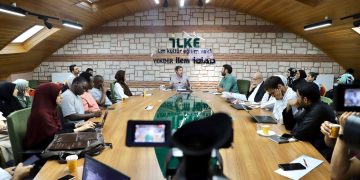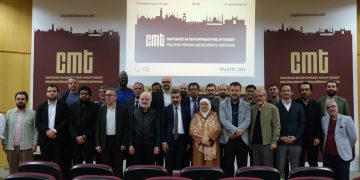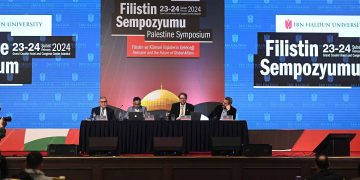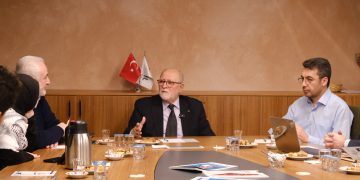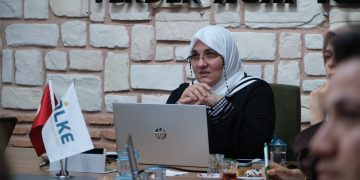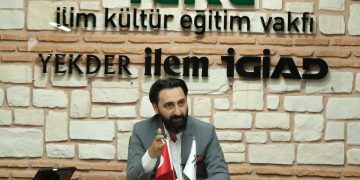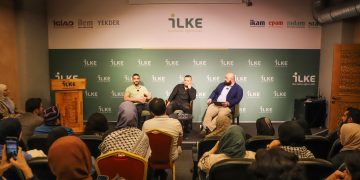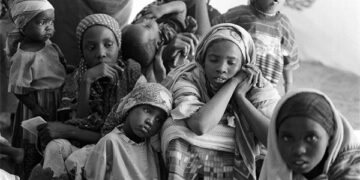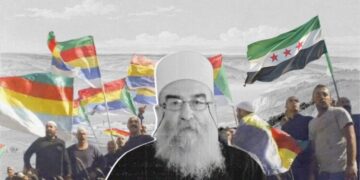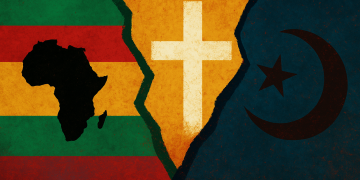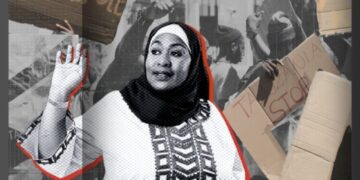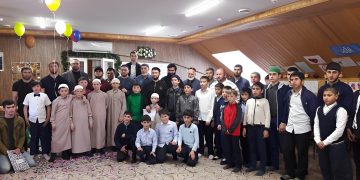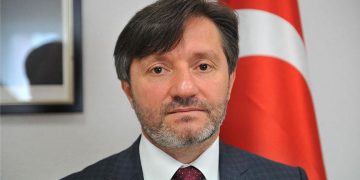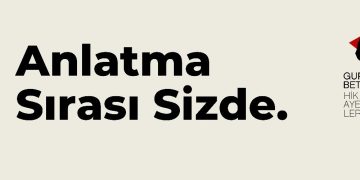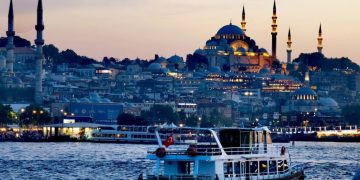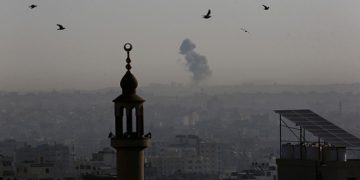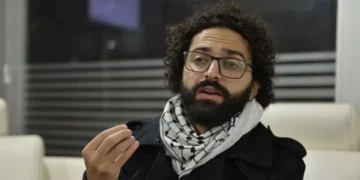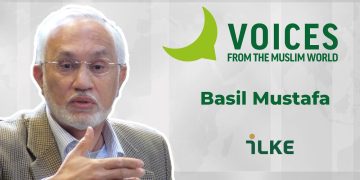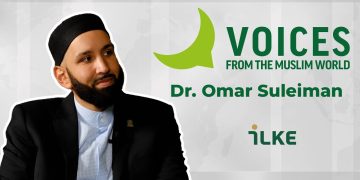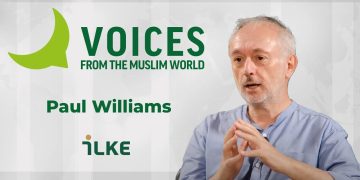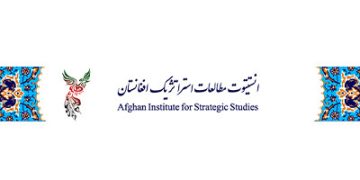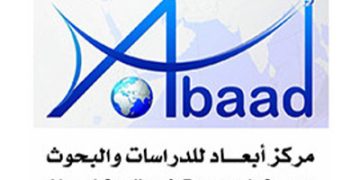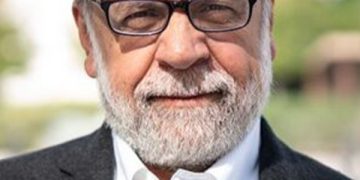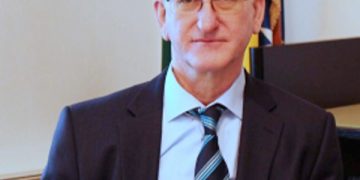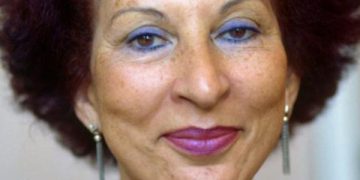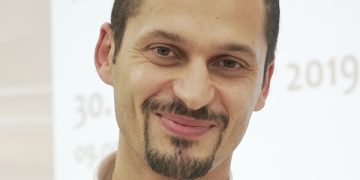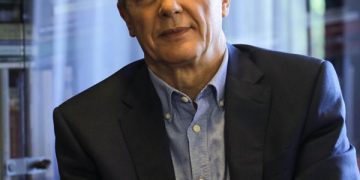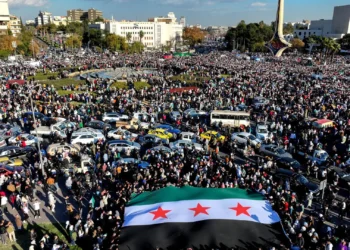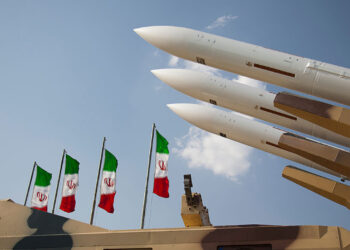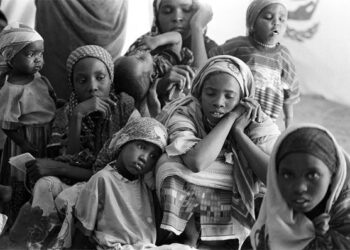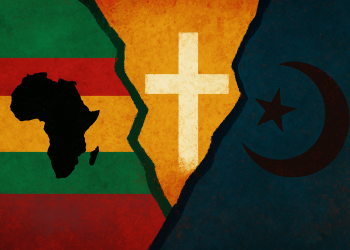What’s Happening in Saudi Arabia?
In recent years, Saudi Arabia has become a country known for its major reforms. It has been rapidly transforming its long-established theocratic political system, which is rooted in Wahhabism, along with its previously isolated stance toward the non-Muslim world for almost a decade. These reforms aim to maintain the idea of the state as an Islamic entity while disregarding all ideas and ideologies beyond this red line. The state ideology is being shifted away from Wahhabism towards a concept previously unheard of in the kingdom’s history: “Saudi nationalism.”
These reforms have attracted both considerable support and criticism and led to profound debates both within the country and internationally. The country is undergoing a significant transformation that encompasses complicated political, economic, and social aspects. The new Saudi Arabia is undergoing an unprecedented transformative process marked by breaking major taboos and is striking for researchers who closely follow the country.
How Did the “Change” Begin?
Although the story of Saudi Arabia’s opening to the outside world and being a tolerant, non-extremist, modern state based on Saudi nationalism is often attributed to Crown Prince Mohammed bin Salman, it dates back further. The foundations of this change were laid by King Abdullah, who reigned for only nine years but took bold and relatively liberal steps. While King Abdullah’s reforms did not aim to change the official ideology of the state, to sideline the religious scholars, or to reduce the influence of religion in daily life, they laid the groundwork for the reforms being implemented by Mohammed bin Salman today. In fact, King Abdullah granted women the right to vote and run for office, initiated an overseas higher education scholarship program, established new universities and special economic zones, and reformed the judicial system. This cautious legacy built by King Abdullah set the stage for the radical changes his grandson, Mohammed bin Salman, would implement. The starting point for these historic reforms was King Abdullah’s death in 2015 and the succession of King Salman bin Abdulaziz.
Saudi Arabia’s political trajectory changed when the new king appointed his son, Mohammed bin Salman, as crown prince in 2017. This appointment was unlike any other in the Kingdom’s history and was marked by many questions and controversies. Before Mohammed bin Salman’s appointment, Prince Muqrin bin Abdulaziz al-Saud was named crown prince but stepped down a few months later. Then, the second crown prince, Mohammed bin Nayef, was appointed in his place. Two years later, Mohammed bin Nayef also stepped down, and Mohammed bin Salman, who had previously been surprisingly appointed as the second crown prince, took his place. After Mohammed bin Salman, no prince was appointed as the second crown prince.
The “eventful” appointment of the crown prince required the young leader to get authoritarian in order to eliminate his rivals and suppress dissenting voices. Following Mohammed bin Salman’s appointment, important members of the royal family were detained at the Ritz-Carlton Hotel near the royal palace under a corruption crackdown. By taking this severe measure to prevent potential power struggles and strengthen his legitimacy within the family, Mohammed bin Salman also sought to diminish dissenting opinions. Journalist Jamal Khashoggi was killed at the Saudi consulate in Istanbul about 11 months after the Ritz-Carlton detentions. Khashoggi’s murder during a foreign diplomatic mission was the clearest indication that the new administration had zero tolerance for anything that threatened its legitimacy. Having eliminated his rivals and suppressed dissenting voices, the crown prince became the de facto ruler.
What is the “2030 Vision”?
Announced in 2016, “Vision 2030” is a reform program outlining the political, economic, and social goals that the Kingdom plans to achieve by 2030. The program primarily aims to improve Saudi Arabia’s economic diversity, global engagement, and quality of life for its people. In this sense, we can see it as a reflection of the broader trend in other Gulf countries of preparing for a post-oil economy, opening up to tourism, and integrating with the global community.
At the heart of the Vision 2030 reforms, it’s notable that beyond the official goals of the program, each innovation is intricately linked to at least one of the following four key objectives:
- Preserving the Kingdom’s identity as an Islamic state while replacing Wahhabi ideology with the concept of Saudi nationalism.
- Transforming Saudi society into a population integrated with the world.
- Diversifying the Kingdom’s economic resources to reduce dependence on oil.
- Becoming a strong regional actor that strongly influences policy-making processes, particularly within the Islamic world.
The 2030 reforms can be examined in three main areas: political, economic, and social. In the political sphere, significant steps include declaring February 22, 1727—the date symbolizing the ascension of Muhammad bin Saud as Emir of Diriyah—as Saudi Arabia’s Founding Day, introducing a requirement that heirs to the throne must come from the same branch of Ibn Saud’s lineage, and the codification of new laws. These innovations are the most critical steps to strengthen national identity and loyalty to the state apparatus. The economic reforms have had the greatest impact on the population and have garnered the most attention from the international media. These include the introduction of a value-added tax, opening the country to tourism beyond the Hajj and Umrah, plans to privatize ARAMCO, investments in environmentally friendly projects, promoting women’s participation in the workforce, and new investments by the Public Investment Fund (PIF). These developments have drawn the attention of prominent global business leaders to Saudi Arabia. The most transformative reforms, which have significantly changed the Kingdom’s strict and insular image, have occurred in the social arena. These include the establishment of the General Entertainment Authority, bringing major global cultural and sports events to the country, opening cinemas, lifting the ban on women driving, relaxing the mandatory hijab requirement, and limiting the powers of the religious police. These changes have made history as some of the most important reforms in reshaping the country’s image on the global stage.
Where does the Media Stand on the “2030 Vision”?
As a crucial tool in shaping public opinion and making society adopt the political agenda, the media has undoubtedly become the most visible area for the reforms under the New Saudi Vision. Significant changes occurred in newspapers, news channels, social media, and the film industry following the reforms. The prominence of religious scholars’ commentary in news channels and newspapers has diminished, while relatively liberal and secular commentators have gained visibility. On social media, where dissenting voices find the most freedom, the number of critics speaking out against the reforms has increased. The most impactful change in everyday life in relation to media has been the emergence of the cinema industry, something that never existed before.
The Saudi media organizations, which adhered strictly to Wahhabi principles previously, have transformed and updated their editorial policies.
As a Middle Eastern monarchy, Saudi Arabia is a state where the government shapes the media rather than the media shaping the government. Thus, mainstream media, which is under the control of the Ministry of Media and the General Authority of Media Regulation, cannot stray from the official narrative to engage in critical reporting. On the other hand, Saudi media experienced a noticeable transformation after 2017. The Saudi media organizations, which adhered strictly to Wahhabi principles previously, have transformed and updated their editorial policies. Major television networks like MBC and Rotana, which have always aligned with the official government narrative, came under complete control of the government after the Ritz-Carlton detentions in 2017. The new Saudi media has taken on two primary roles: propaganda for reforms and measuring public opinion before significant changes are implemented. For example, in 2023, a column published in Okaz Newspaper argued that Friday should be made a workday and that the weekend should be shifted to align with international markets. This article was a test of public reaction to the idea of changing the weekend. It is also noteworthy in regard to contemporary Saudi media that critiques of the reforms are sidestepped in Saudi television programs and interviews, and every opportunity is taken to praise the crown prince and express gratitude for his vision.
Mohammed bin Salman’s leadership style and reforms have also received significant attention in international media. The crown prince has successfully conveyed his country’s new vision and reforms through interviews with Western media platforms. In particular, interviews with major Western media like Fox News, Bloomberg, and CBS News have allowed him to express the changing face of Saudi Arabia, its future vision, and its reforms. Thanks to these interviews, Saudi Arabia’s image has been reshaped as a “modern and innovative” nation on the international stage.
Saudi Arabia saw a rapid increase in the production of series and films after 2015 despite being a country with no previous film production. The primary aim of these new films and series was to accelerate the acceptance and normalization of change among the public. In this new era, we see religious and social taboos being questioned through drama in films and series. For example, a drama-comedy film called Barakah Meets Barakah, which tells the story of a middle-class man and a wealthy woman trying to live in the country where the concept of dating does not exist, was produced in 2016. The film was nominated for an Oscar by Saudi Arabia. The fact that the Saudi Arabian delegation sent this film to compete in the Oscars on behalf of the Kingdom was one of the most explicit indicators of the government’s changing policies. On the other hand, the 2021 animated series Masameer County sheds light on the social, cultural, and economic transformation of the Kingdom and satirizes taboos from the pre-2015 period. Perhaps the 2023 Saudi comedy series Crashing Eid is the boldest among these productions. The series tells the story of a divorced Saudi woman living in the United Kingdom with her daughter and her marriage to a British Pakistani man, all while exploring the changing dynamics of family life. The series challenges and questions red lines such as consanguineous marriages, the hijab obligation, women’s freedom, cohabitation, not fasting, and drinking alcohol.
Instead of a Conclusion
The new Saudi Arabia shaped by Vision 2030 is far removed from the image it had before 2015 and has positioned itself in a new light. The state, founded in 1727 through the political and religious alliance of Abdulaziz bin Saud and Muhammad ibn Abd al-Wahhab, has gradually moved away from its strict adherence to Wahhabi ideology and transformed into an Islamic state rooted in nationalism, similar to other Gulf countries. As part of its preparation for a post-oil era, the Kingdom’s sources of revenue are diversifying, and the public economy is now also functioning through citizens’ taxes. Tourism, one of the most significant sources of income, is being freed from its exclusive focus on Hajj and Umrah, with substantial investments in historical and luxury tourism. Given its rich history and its status as the home to Islam’s two holiest cities, Saudi Arabia, under Crown Prince Mohammed bin Salman’s leadership, is poised to take bolder steps and become one of the most critical actors in the region.
The media in the Mohammed bin Salman era has evolved from being a platform that only echoed the voices of Wahhabi scholars into a space that now includes a broader range of perspectives and critical viewpoints. This transformation has made different ideas and lifestyles more visible within society, encouraging broader public participation in the reform process. This new role of the media is likely to become a cornerstone in the future transformation and modernization efforts of Saudi Arabia.
REFERENCES
Almakaty, S. S. (2024). Saudi Vision 2030 and international media coverage and response: A comparative study. International Journal of International Relations, Media and Mass Communication Studies, 10(2), 55-89.
Vision 2030. (n.d.). Vision 2030 Overview. Retrieved from: www.vision2030.gov.sa/media/cofh1nmf/vision-2030-overview.pdf
Baier, B. (2023). What my interview with Saudi Crown Prince Mohammed bin Salman reveals about the power of democracy. Fox News. Retrieved from: www.foxnews.com/opinion/interview-saudi-crown-prince-mohammed-bin-salman-reveals-power-democracy
Bashraheel, A. (2019). Rise and fall of the Saudi religious police. Arab News. Retrieved from: www.arabnews.com/node/1558176/saudi-arabia
The New Arab. (February). What is Saudi Founding Day celebrated on February 22? Retrieved from: www.newarab.com/news/what-saudi-founding-day-celebrated-february-22
Alotaibi, M. (2023, August). Al-Jum’a yawm ‘amal. Okaz. Retrieved from: www.okaz.com.sa/articles/authors/2139949
Al Omran, A. (2021, June). Saudi press crisis. Riyadh Bureau. Retrieved from: www.riyadhbureau.com/p/saudi-press-crisis
Ruddick, G. (2017, August). Saudi ties raise doubts about Independent’s editorial freedom. The Guardian. Retrieved from: www.theguardian.com/media/2017/aug/04/independent-investor-saudi-links-raise-questions-about-editorial-freedom
Kamadan, Y. S. (2023, August). Suud’da Cuma tatili Pazar mı oluyor? GZT. Retrieved from: www.gzt.com/mecra/suudda-cuma-tatili-pazar-mi-oluyor-3769679
Binsal, A. (2023, October). Saudi animation ‘Masameer County’ returns for third season. Arab News. Retrieved from: www.arabnews.com/node/2382096/lifestyle
Mullally, W. (2023, October). Saudi Netflix drama-comedy ‘Crashing Eid’ tackles romantic taboos with heart. Arab News. Retrieved from: www.arabnews.com/node/2382096/lifestyle

